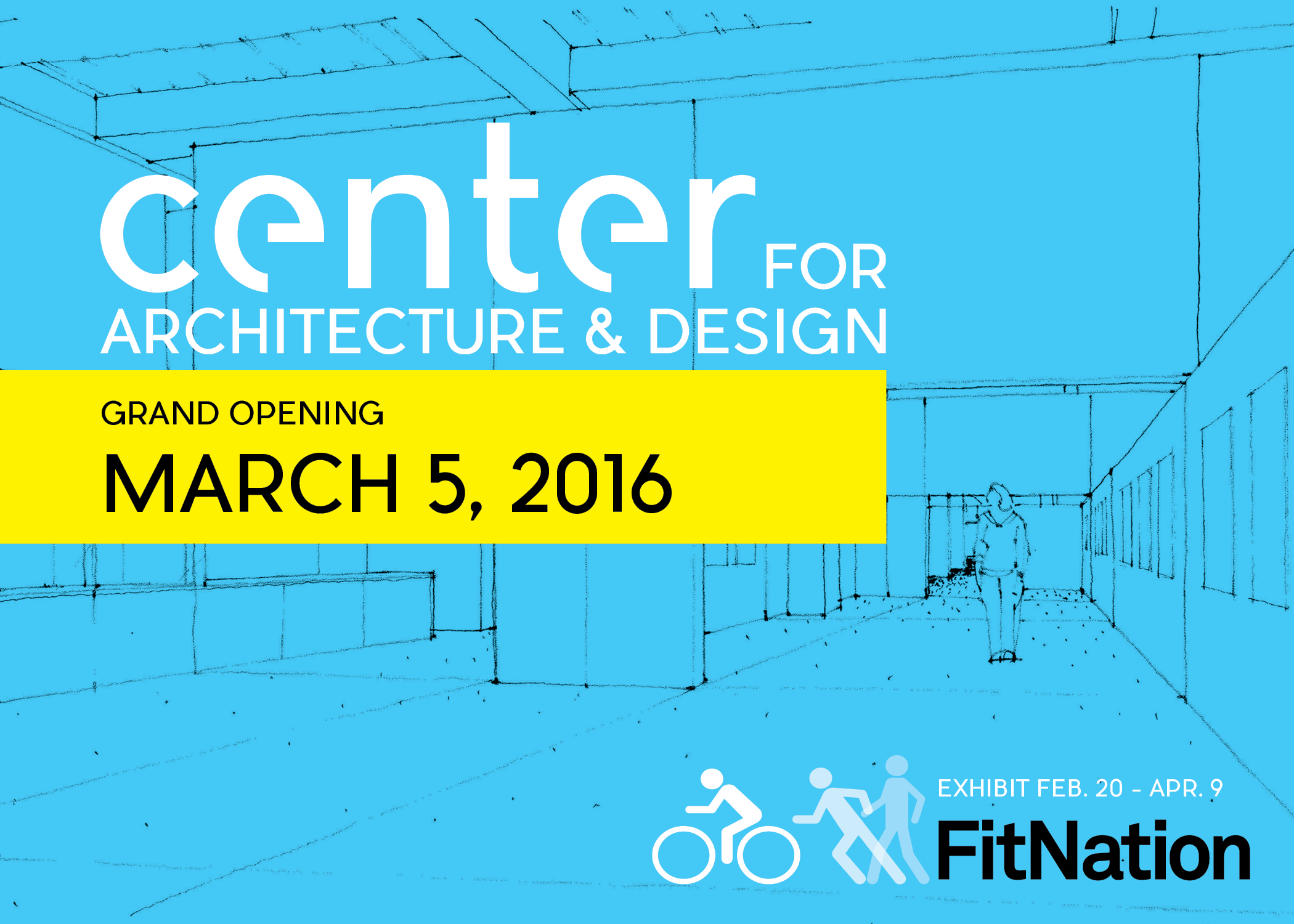Significant growth in Seattle over the past few years has prompted a great deal of attention, and now there is a dedicated place in the city, the Center for Architecture and Design, which invites people to discuss ideas and engage with how all facets of design affect our lives. The new shared home for AIA Seattle, Design in Public (an initiative of the AIA Seattle), Seattle Architecture Foundation, and AIA | Washington Council, allows these organizations to greater collaborate in advocating for great design outcomes and to share an exciting program of exhibitions, lectures, festivals and walking tours. Recognizing the immense value a design hub brings to the city, over 150 organizations and individuals contributed financial or in-kind support. To learn more about the Center and the much anticipated Grand Opening on 5 March 2016, I had a chat with Lisa Richmond, Executive Director of AIA Seattle, and Stacy Segal, Executive Director of Seattle Architecture Foundation.
What is the vision for Seattle’s Center for Architecture and Design, and what led to its development?
Lisa – There has been significant interest in creating a dedicated space for people to meet and engage with architecture and design in Seattle for some time. Conversations started around the time of the economic downturn, which led to AIA Seattle to focus on programming over the development of a dedicated space. Support for the programs demonstrated that there was strong interest in engaging in discussions about design, and potential for a space to foster this.
The idea behind the Center has been a long time in the making, with conversations back in 2007 about the potential incarnations for a space in Seattle where people could discuss the changes occurring in the city and environment, as well as engage with the role of design in our lives. The opening of the Center is timely given Seattle is presently one of the fastest growing cities in the nation. Seattle has a strong design community. The Center provides the opportunity to showcase the many facets of design and its importance in problem solving.
AIA Seattle, Design in Public and Seattle Architecture Foundation established an agreement approximately a year and a half ago and the rapid search for a potential property to call home began. The six month funding campaign was extremely fast, but provided incredible support, enabling the idea for this space to come to fruition incredibly quickly, considering the idea behind it had been a long time in the making.
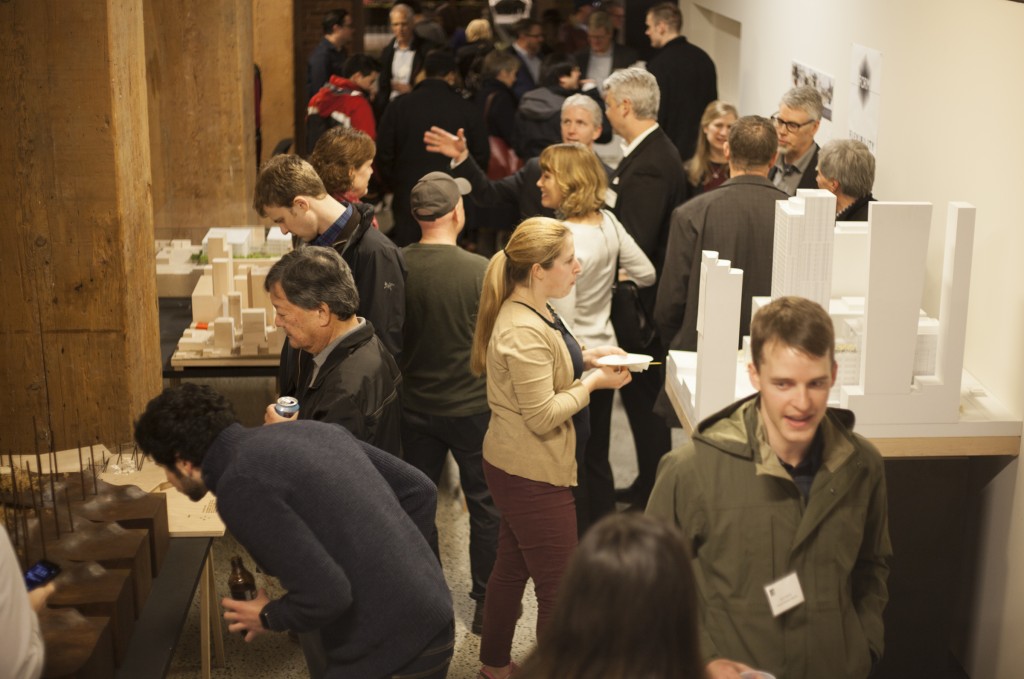
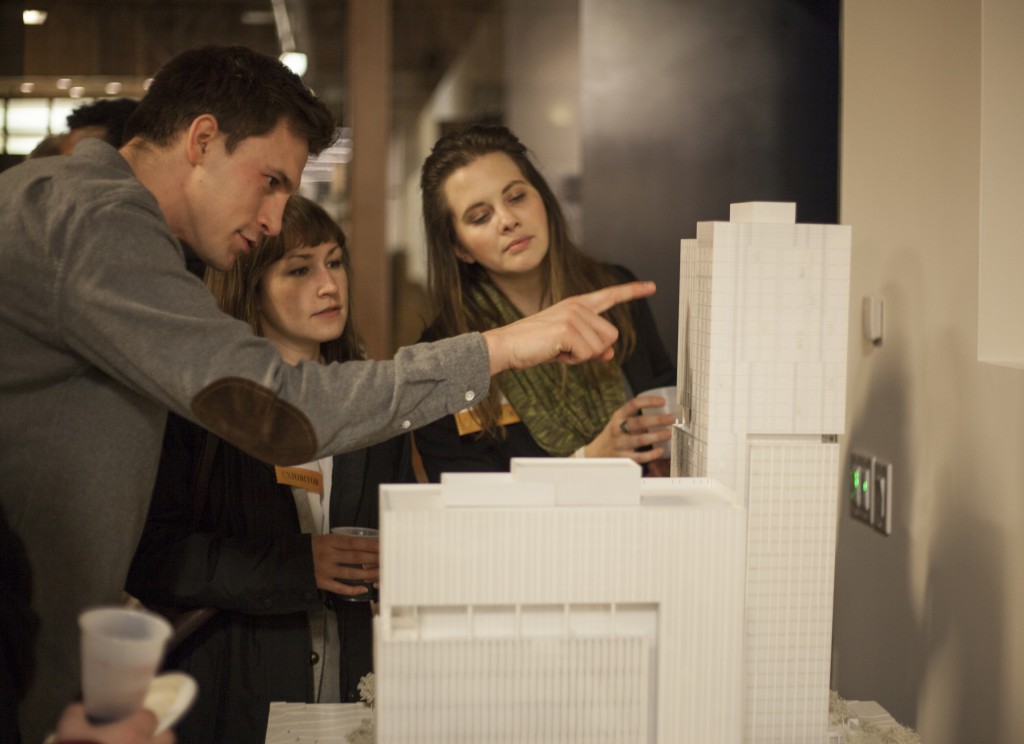
How do you envisage the Center will support people to engage with architecture and design in Seattle and beyond?
Stacy – The Center will serve the local community and visitors in a number of ways. Exhibits will be rotating every 6 to 8 weeks and will be designed with the intention of provoking interesting conversations.
We hope that these displays help people to see architecture and design in new ways. In Seattle, we have a very robust design review process which the public has the opportunity to engage with. It is great to represent the work and perspectives of design professionals to the public and provide a platform for diverse people to interact and engage with designers. The Center also provides the opportunity for design professionals to connect with people and listen to their views of projects or issues. The Center is a place for people of all backgrounds, not just those working in a design related area.
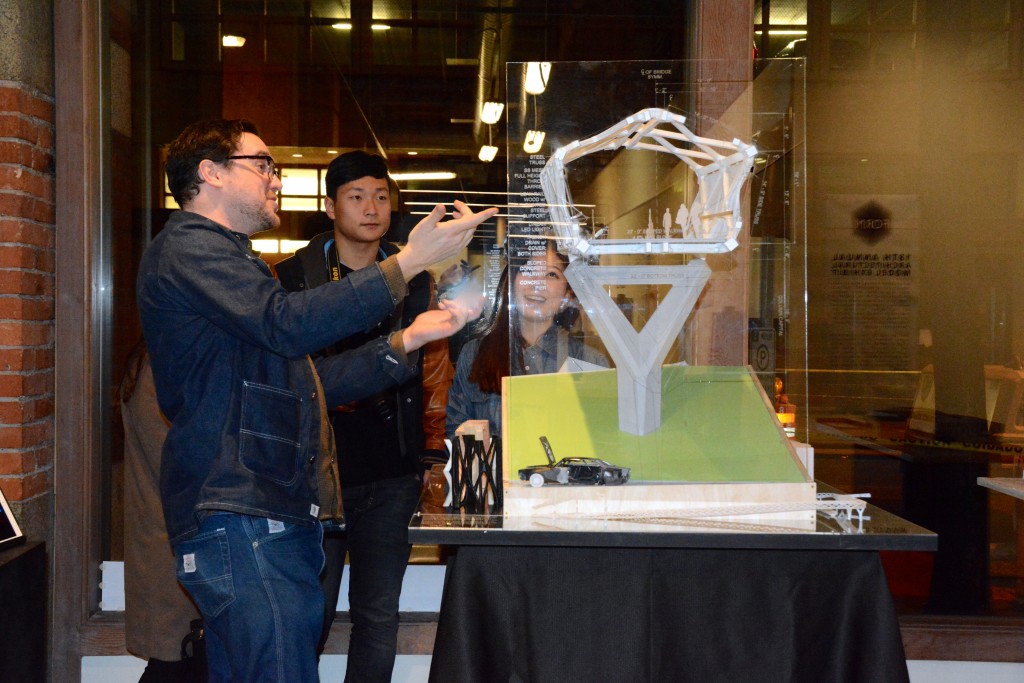
The Center will offer a range of programs, exhibits, tours, lectures and workshops. Can you give some insight into some of the highlights of your program that we can look forward to in 2016?
Lisa – The Center brings together multiple organizations in the same space which helps us to elevate what we are all doing. The focus of the Center’s programming is guided by a series of themes, each of which will run for 2 months, with the gallery space serving as the anchor.
FitNation, a travelling exhibit from the AIA New York we are hosting, will anchor our programming in February and March, exploring how design can support public health. The interactive exhibit will also highlight places in Seattle which encourage activity and wellbeing.
In April, we will be focusing on the theme of housing solutions, including an exhibit called Living Small. AIA Seattle is hosting a full day conference and will also be doing advocacy in response to some of the issues affecting affordable housing and homelessness.
Stacy – The Seattle Architecture Foundation will host family and youth workshops. One of these will focus on urban and rooftop gardens, and another will explore Pacific Northwest design and housing, which will include a walking tour of innovative models for sustainability around Seattle.
Lisa – Many partner organizations will also hold programs in the space such as Forterra with a Seed and Feed event.
In the summer, “Housing Boom” by the Seattle Architecture Foundation and Design in Public will explore the huge changes occurring in Seattle as a result of population growth. It highlights the fact that these conditions have precedence, and there are many lessons to learn, and stories to tell, both from those who were included and left out of, conversations, design processes and the changing city.
For the past few years, as Seattle has experienced incredible growth, there has been significant attention to affordable housing, public transportation, and innovations in sustainable design. Are there any projects, issues or opportunities on your radar which you hope the Center will foster discussions about?
Lisa – For our programming for 2017, we have been asking what are the critical issues and design ideas to engage with. We have been interested in design for education given the passing of the McCleary outcome and the need to fund hundreds of new classrooms. Another interest is the design of smart buildings and the digital world.
There is certainly no shortage of interesting topics. We are excited about the possibility of extending the scope of design beyond the traditional sphere of the built environment, with opportunities, for example, to consider food issues with a chef. The program will be enlivened through related fields that extend the notion of the design beyond the traditional sense.
Stacy – The Seattle Architecture Foundation is keen to extend the design focus of the Center beyond the built environment and architecture, with a range of art forms like concerts and film.
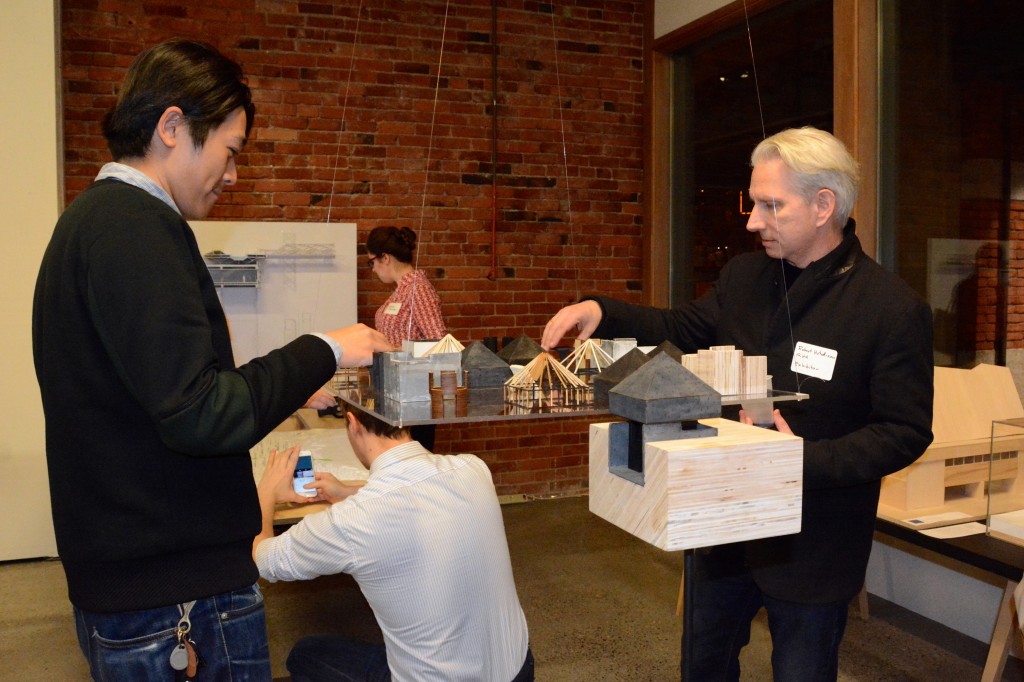
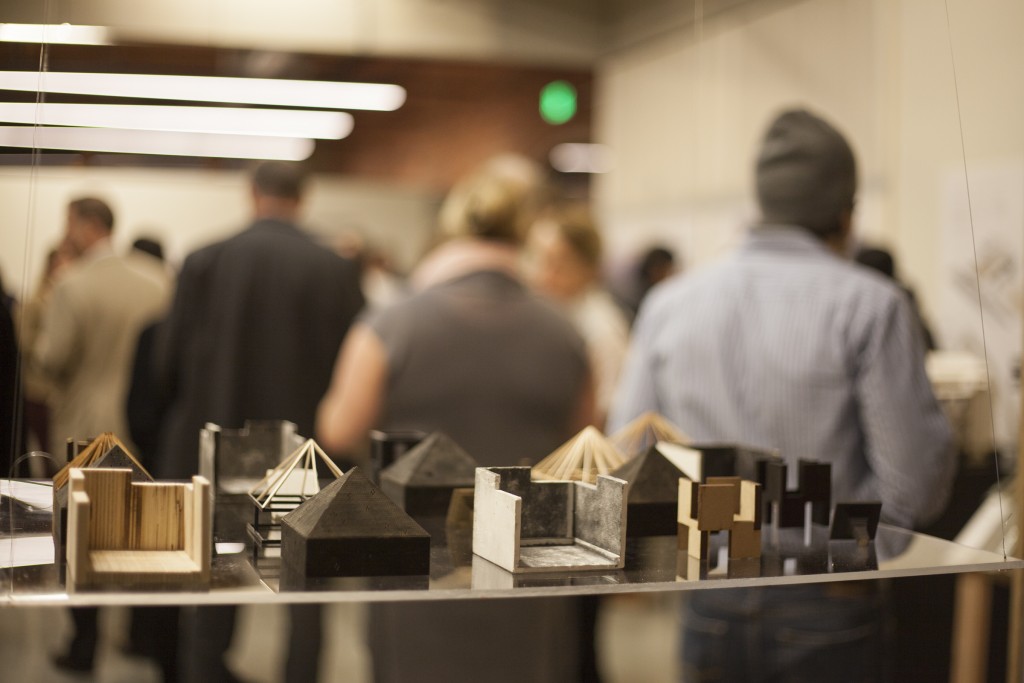
Given the Center celebrates great design, how did you approach finding and designing a suitable building?
Stacy – It was quite a process given that our organizations comprise many architects and designers, all of whom have many ideas to contribute. We started by thinking about our needs in terms of the space as well as what we could afford. We identified the square footage we needed to house all the different elements of the Center, and then we sought to find a space with design integrity and sustainability. It was imperative that the space offered flexibility and was accessible to all. The downtown core was the focus of our search, as it is bikeable, walkable, and well serviced by public transport. We thought a storefront would be the most visible and inviting to people. The building we have is a beautiful brick building near the waterfront, an area undergoing change at the moment. The building has high ceilings with exposed beams. The architects, Suyama Peterson Deguchi successfully retained these features and enhanced the architectural beauty.
Lisa – The architects Suyama Peterson Deguchi, worked on the building entirely pro-bono, which was incredibly generous. We fundraised $1.9 million in cash and in-kind support to develop the building, and support ongoing programming.
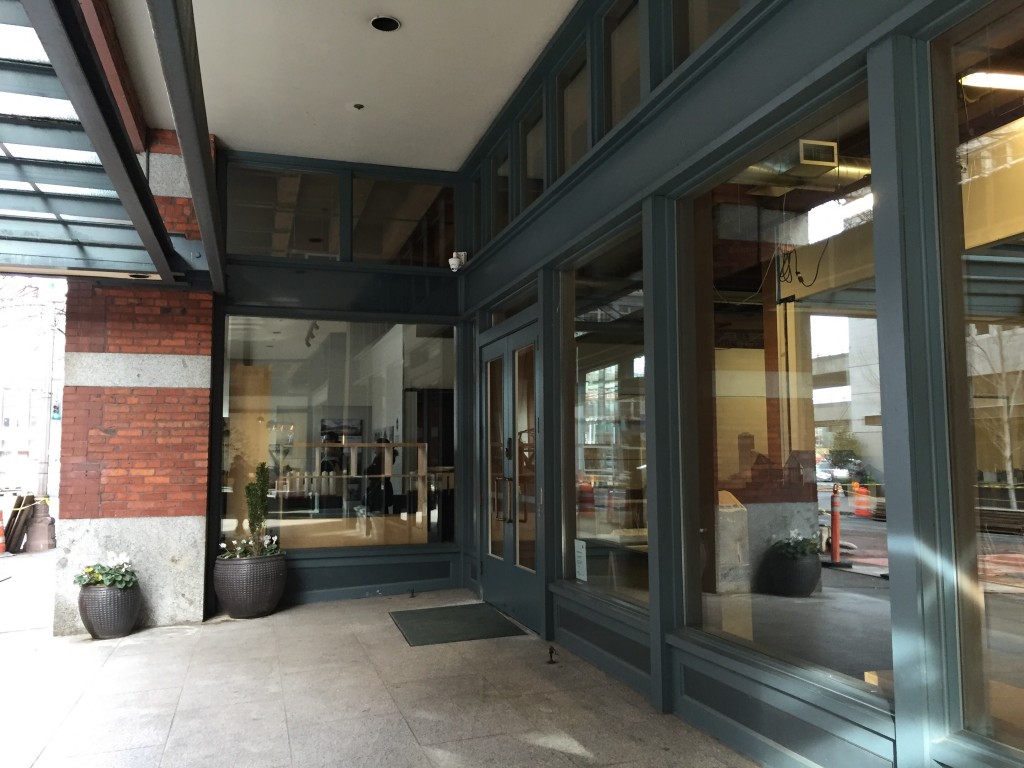
What can you tell us about the Center’s Grand Opening on 5 March and what to expect of the first few exhibitions or events?
Stacy – The Grand Opening on March 5 is a full day event starting at 10am and finishing up at 4pm. Throughout the day, people can visit and explore the space and see FitNation, an interactive exhibit encouraging healthy lifestyles. In the morning there is a family workshop on Bike-able Seattle. There will be some special guests in the middle of the day including elected officials and sporting figures. There will be talks about the exhibit, as well as talks about the design of the building by Suyama Peterson Deguchi. The exhibition is very interactive, with a lot of fun things going on, like button making, a photo booth, and food throughout the day. There will be a worksheet for kids to do and there will also be a design geo-cache. The event is free, and open to the public, with kids welcome.
Thank you to Lisa and Stacy for taking the time to give some insight into the new Center for Architecture and Design.
The Center for Architecture and Design is located at 1010 Western Ave and is open to the public Tuesday – Friday from 10am to 6pm and Saturday from 1pm to 5pm.
The Grand Opening celebration is on Saturday March 5 from 10am to 4pm.
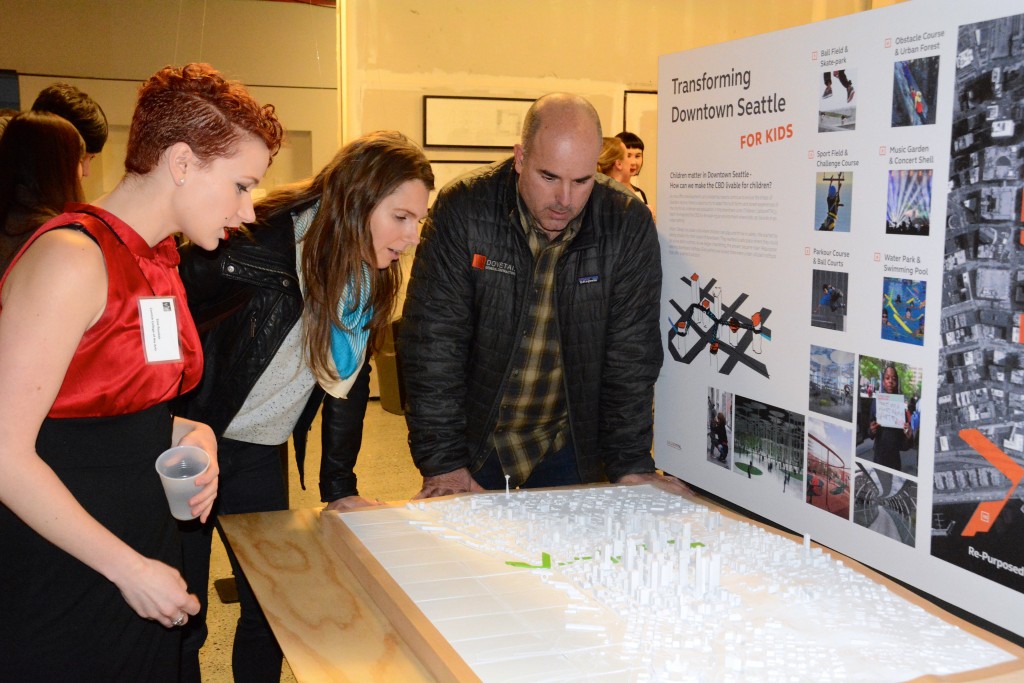
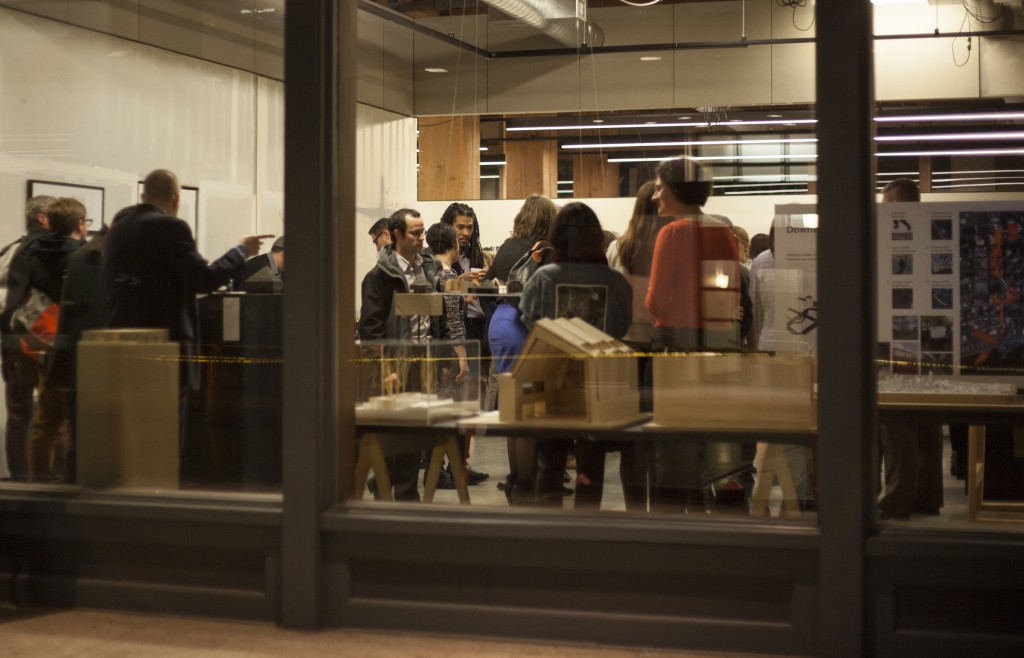
Sarah is an urban planner and artist from Melbourne Australia, currently living in Seattle. She has contributed to diverse long-term projects addressing housing, transportation, community facilities, heritage and public spaces with extensive consultation with communities and other stakeholders. Her articles for The Urbanist focus on her passion for the design of sustainable, inviting and inclusive places, drawing on her research and experiences around the world.

